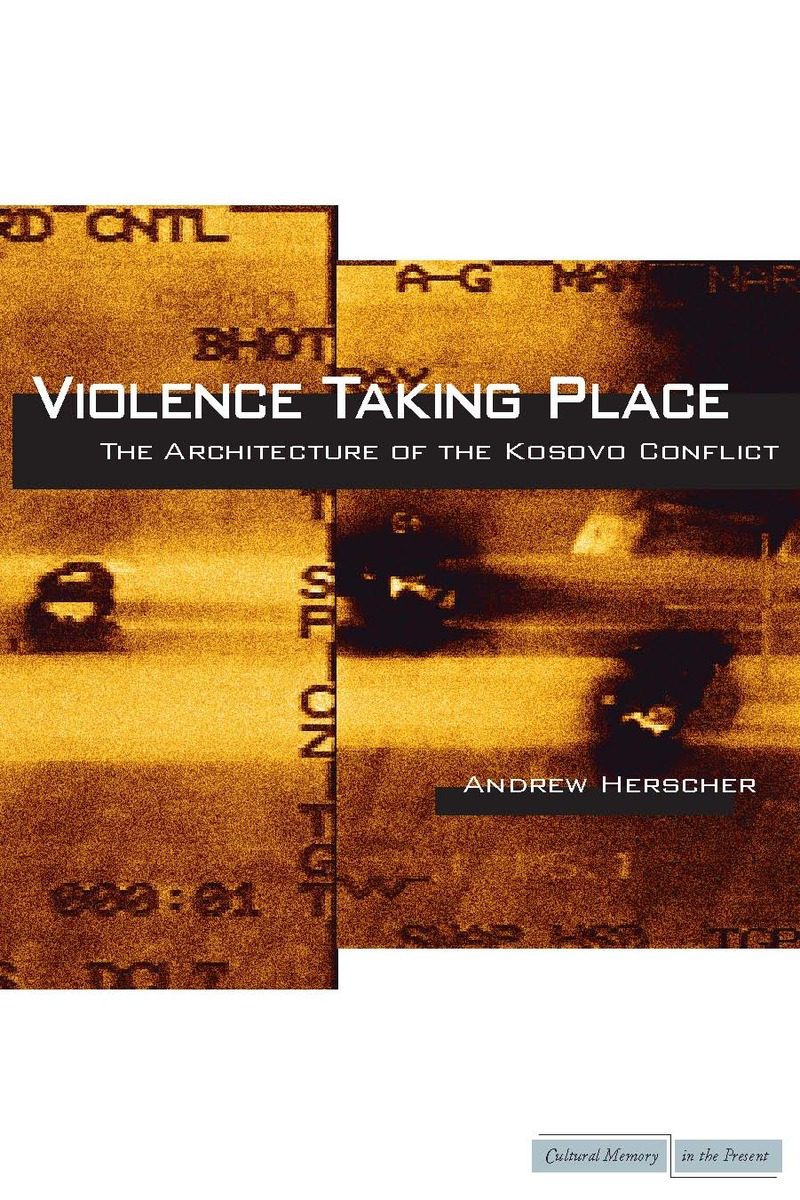Violence Taking Place is published by Stanford University Press in the series “Cultural Memory in the Present.” In the words of the series editors, Mieke Bal and Hent de Vries, books in this series “locate themselves at the intersection between the practice of close reading and ‘theory,’ a spot where neither remains untouched.” Previous books in the series include boundary-crossing interrogations of canons and institutions in philosophy, religion, anthropology, literature, media studies and visual analysis; Violence Taking Place comprises the first book in the series on architecture.
Violence Taking Place provides a new view of the architectural formation of political violence and of political agency, cultural identity, and power – the concepts by which this violence is usually analyzed. While the construction of architecture lies at the center of architectural discourse, its destruction, generally seen as incompatible with the very idea of “culture,” has been neglected in theoretical and historical discussion. Responding to this neglect, Herscher examines the case of the former Yugoslavia and in particular, Kosovo, where targeting architecture has been a prominent dimension of political violence. Rather than a mere representation of “deeper” social, political, or ideological dynamics, he reveals violence against architecture to be a form of cultural production, irreducible to its contexts and formative of the identities and agencies that seemingly bear on it as causes. Focusing on the particular sites where violence is inflicted and where its subjects and objects are articulated, the book traces the intersection of violence and architecture from socialist modernization, through ethnic and nationalist conflict, to postwar reconstruction. In so doing, it constitutes the first history of the architectural mediation of political violence in the former Yugoslavia and offers a groundbreaking architectural history of political violence more generally.

